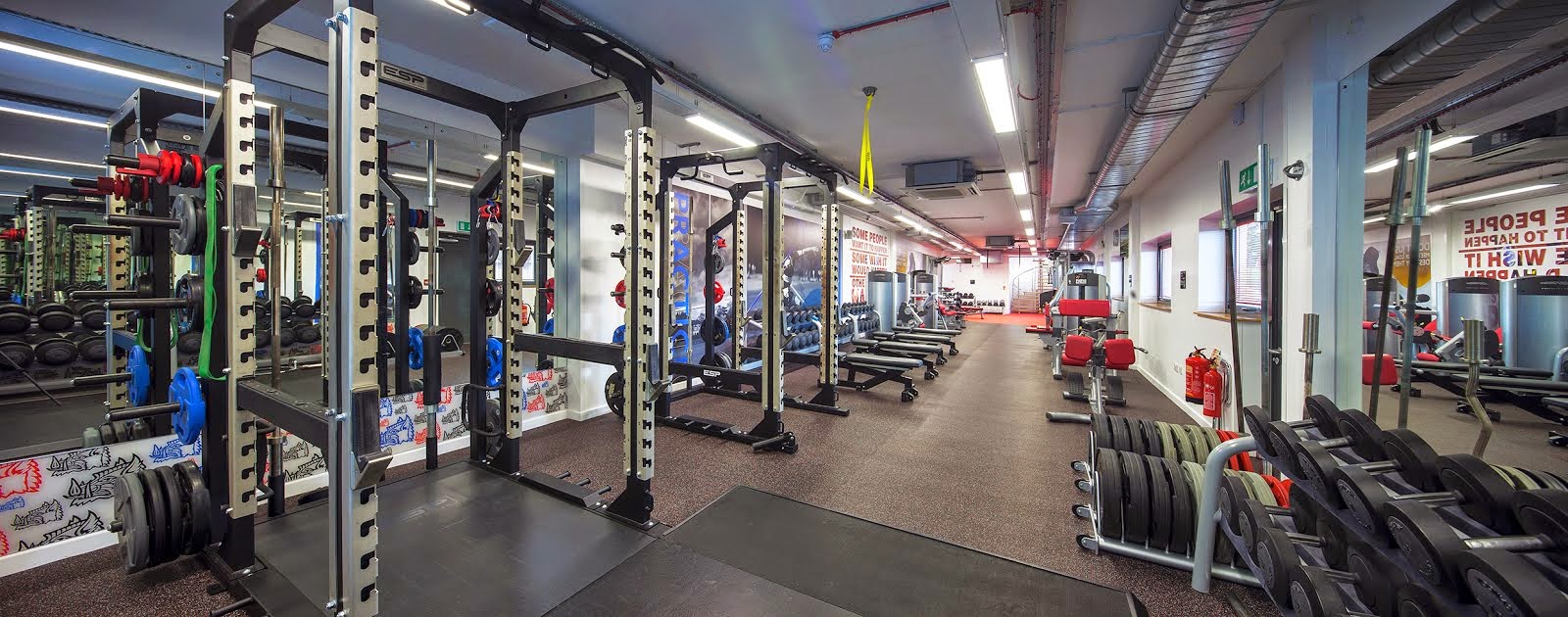The Aerobic Zone (maximum heart rate)
60-65% MHR- Helps develop economy and efficiency of cardiovascular system (the organs and tissues involved in circulating blood and lymph through the body) with very high volume, low stress work. Very long sessions are needed to improve the combustion and storage of fats.
65-75% MHR- Helps develop economy and efficiency of cardiovascular system with high volume, moderate stress work; an important intensity for establishing a firm cardiovascular base for most athletes.
75-80% MHR- Helps with development of aerobic capacity (the maximum amount of oxygen the body can use during a specified period, usually during intense exercise) and endurance with moderate volume work at a controlled moderate/challenging intensity.
Summary- Training within the aerobic zone will help develop your cardiovascular system and aerobic capacity. The 60-70% MHR zone should only be used on recovery days (recovery days incorporate a low intensity very long session useful during intense training regimes.) The majority of sessions completed should keep heart rate at between 70-80% MHR and last between 30 to 90 minutes. If new to exercise or training to reduce blood pressure/weight then regular 30 minute sessions at this intensity is essential.
The Anaerobic Zone
80-90% MHR- Helps develop the LT (lactic acid threshold: the exercise intensity at which lactic acid starts to accumulate in the blood stream) and the AT (anaerobic threshold: the point that lactate is produced faster than it can be metabolized) with low/moderate volume, challenging/high intensity work.
90-100% MHR- High intensity interval training which helps to increase maximum power and improve LT/AT this is achieved with low volume high intensity work. Should only be performed when completely recovered from previous work although 90-100% MHR is indicated heart rates are not the best way to gauge this level on intensity and a guide would be to increase intensity until work can be held just until the end of the interval.
Summary- Training within the anaerobic zone will help develop your LT and AT. The majority of sessions completed should keep heart rate at between 80-100% MHR. If new to exercise/training regular work within the aerobic zone should be completed before incorporating this sort of training. Session may last between 10-35 minutes.
Calculating your MHR: There are many formulae for calculating you MHR with the simplest being 220 – your age. This is not a good way to provide an accurate measurement however can be used to provide a simple very rough estimate. I would recommend using the karvonen formulae.
My 75%-80% MHR zone (using 220 – age method) = 148 - 158
My 75%-80% MHR zone (using Karvonen method) = 165 – 171
This example highlights how if relying on 220-age I could be working at 20 beats lower then my actual zone targets.
Factors causing Heart rate variations: Dehydration can increase heart rate by 7.5%, Heat and humidity can increase heart rate by 7.5%, Altitude can increase heart rate by 10-20% even when acclimatised and
Biological variation can mean the heart rate varies day to day by 2-4 BPM (beats per minute).
For more help/motivation with working out your own heart rate traiing zones please speak to or email
Daniel Byrne: djb@tonridge-school.org

